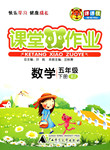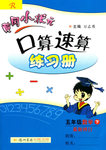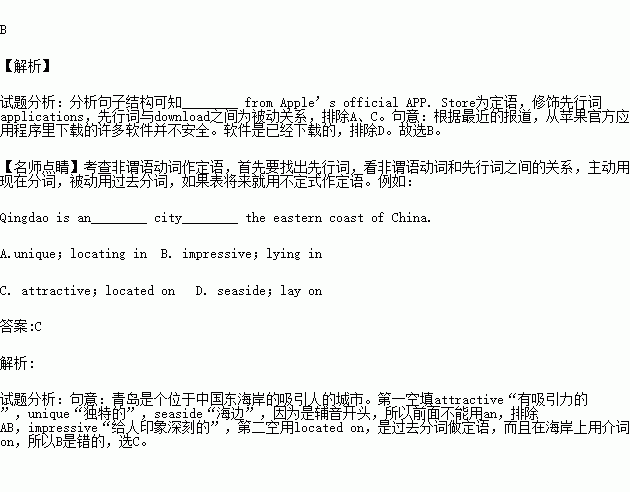题目内容
It is recently reported that quite a number of applications ________ from Apple’s official APP. Store are not safe to use.
A. downloading B. downloaded
C. having downloaded D. to be downloaded
练习册系列答案
 教学练新同步练习系列答案
教学练新同步练习系列答案 课前课后同步练习系列答案
课前课后同步练习系列答案 课堂小作业系列答案
课堂小作业系列答案 黄冈小状元口算速算练习册系列答案
黄冈小状元口算速算练习册系列答案
相关题目

